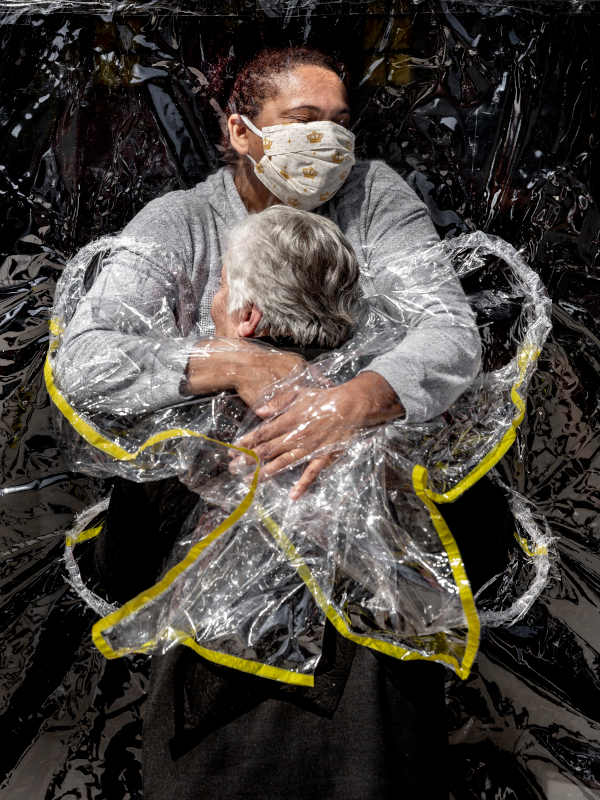World Press Photo 2021 puts a lens on pandemic, climate, and social justice crises
Exhibition returns to Barcelona’s CCCB from November 11 to December 12

The World Press Photo exhibition returns to Barcelona to highlight some of the finest work of photographers and photojournalists from around the world over the past year.
Barcelona’s Contemporary Cultural Centre (CCCB) plays host to the exhibition from November 11 to December 12 and tickets are already available. The 2021 exhibition displays the best photographs taken from the previous year, 2020.
This year’s edition saw 4,315 photographers from 113 countries submit a total of 74,470 images to the competition.
These numbers are actually an increase from 2020’s World Press Photo competition, something that “surprised” the organizers, as well as something they explained they were “grateful for as [they] navigated the effects of the Covid-19 pandemic,” as explained by Sanne Schim van der Loeff of the World Press Photo Foundation at a press conference at the CCCB on Wednesday afternoon.
In all, 45 photographers from 28 countries were awarded.
The main theme of this year’s exhibition is related to the “visible and invisible crises” that arose from the pandemic. To see this, there is no better example than this year’s World Press Photo of the Year, which went to Danish photographer Mads Nissen.
His image of 85-year-old Rosa Luzia Lunardi being embraced by nurse Adriana Silva da Costa Souza at the Viva Bem care home in São Paulo, Brazil was chosen as the photo of the year.
The hug was Lunardi’s first in five months as millions of Brazilians were separated from their families as the country gripped with the Covid-19 pandemic. A simple invention, ‘the hug curtain’, allowed people in care homes to once again feel an embrace.
2020 was a year marked by the pandemic and how people were forced to suffer, adapt, and survive, and the winning images in the exhibition demonstrate this human fortitude and resilience excellently.
Other main themes include the climate crisis and social justice movements.
Organizers asserted that the work of the photographers matters so much because “seldom in modern history have we faced such a challenging landscape for press freedom.”
Van der Loeff pointed out that with the onslaught of misinformation and reduced trust in the press, it is becoming “increasingly hard to discern fact from fiction.”
According to Reporters Without Borders, she adds, the latest World Press Freedom Index shows journalism is at least partly or completely blocked in 73% of all countries that they analyzed - 132 of 180.
“All of this just reinforces the importance of reliable, high-quality news which World Press Photo and Photographic Social Vision continuously strive to promote.”